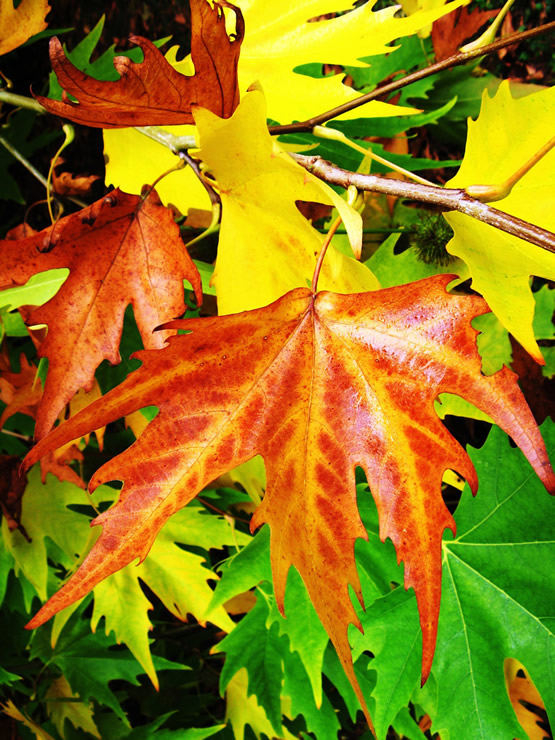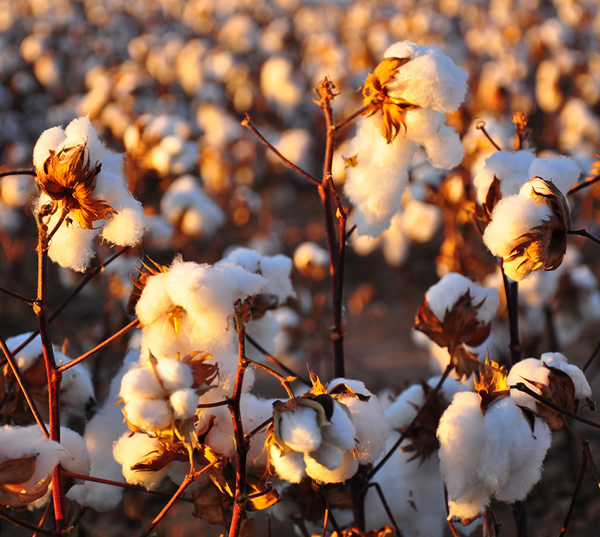 |
| Photosynthetic Light Reactions |
Photosynthetic light reactions involve the absorption of light energy by plant pigments and the conversion of light energy into adenosine triphosphate (ATP).
Photosynthesis is the process by which plants, algae, and certain types of bacteria use the energy of sunlight to manufacture organic molecules from carbon dioxide and water.
The process may be divided into two parts: the light reactions and the dark reactions. In the light reactions of photosynthesis, light energy coming from the sun or from an artificial light source is absorbed by pigments and used to boost electrons into higher energy levels so they can be used to do cellular work.
















